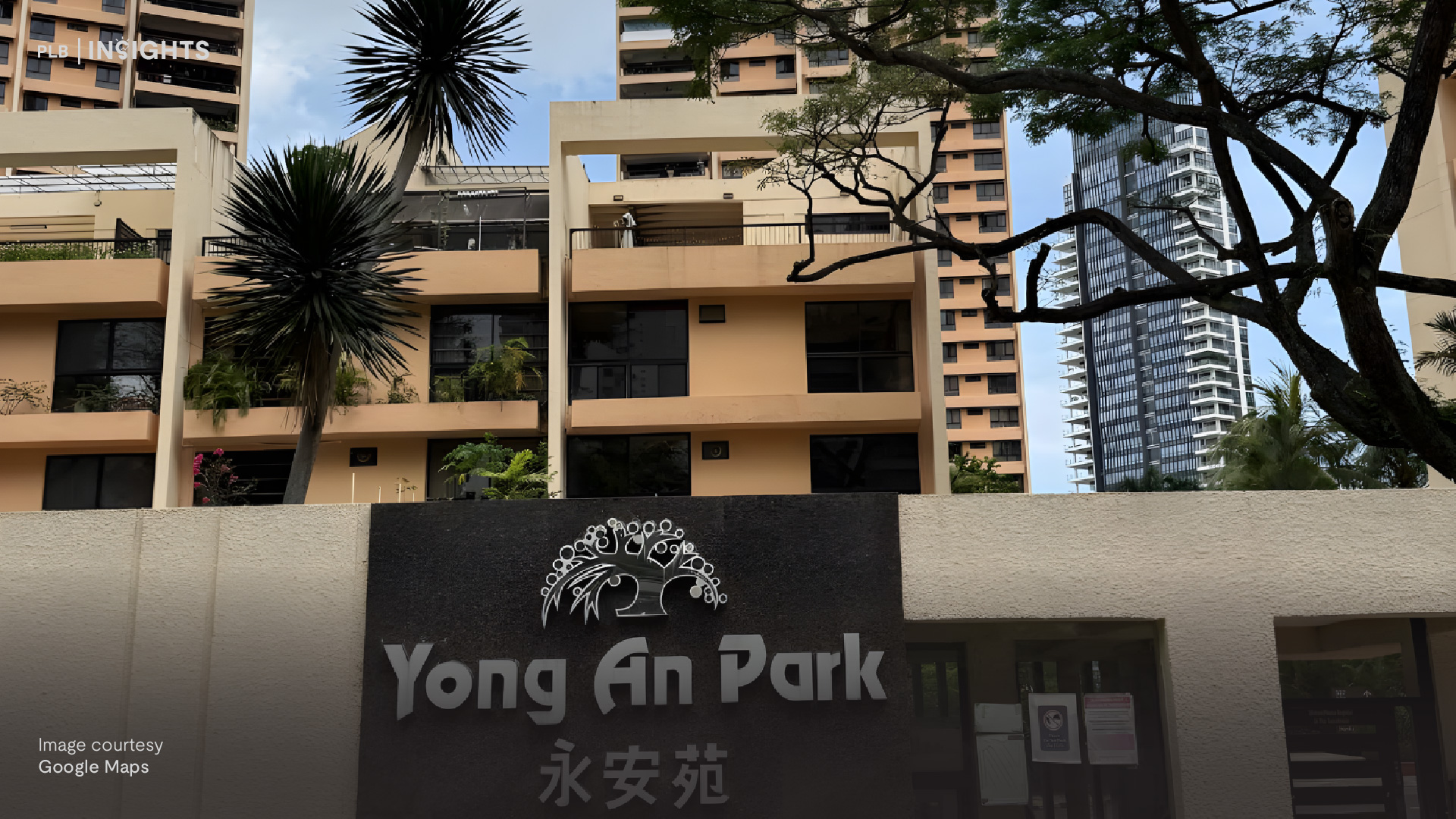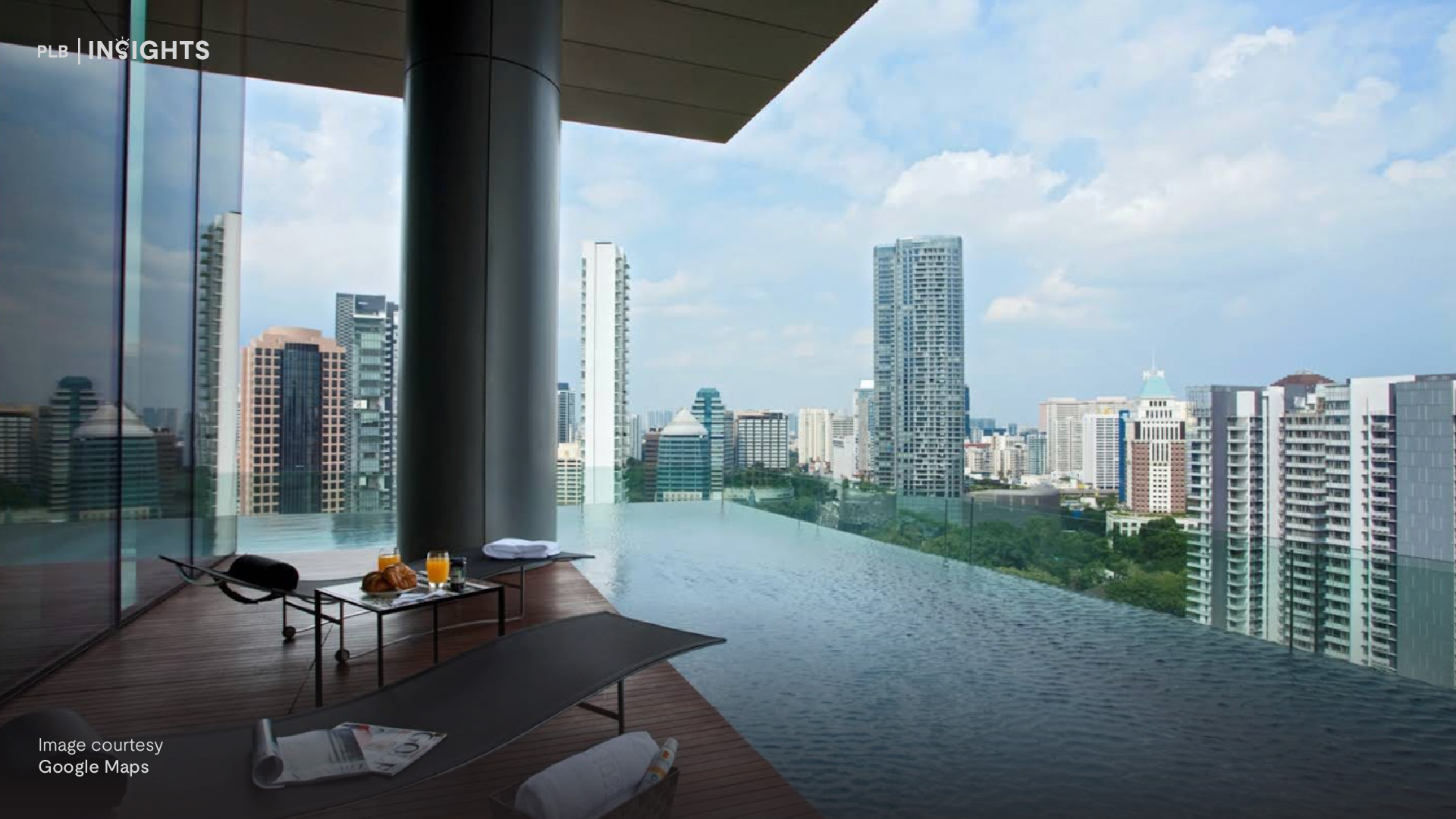
Singapore’s heritage homes stand tall amidst the bustling cityscape as cultural artefacts that capture the stories of previous generations. They are a representation of the city’s rich history, culture and diversity. As urban development accelerates, preserving these historic properties becomes increasingly essential. This raises the question of how Singapore’s historic properties can be restored and renovated to meet modern living standards without sacrificing their unique characteristics.
This article explores the potential of transforming heritage homes into contemporary spaces that cater to today’s lifestyle needs without erasing their history. We also delve into the feasibility of these transformations, challenges that can come up throughout the process, government support and the future of Singapore’s heritage homes.
The Value of Heritage Homes in Singapore
What Are Heritage Homes?
Heritage homes can be defined as properties that hold cultural, historical or architectural significance, directly reflecting Singapore’s unique identity resulting from its diverse communities.
Different Types of Heritage Homes
Black and White Bungalows

Originally built during the British Colonial Era (1819-1942), black and white bungalows served as residences for wealthy families and colonial officials in Singapore. They are characterised by their distinctive colour scheme and features – white walls with black timber framing, wide verandahs and high ceilings. There are presently approximately 500 black and white bungalows still standing throughout Singapore, managed by the Singapore Land Authority (SLA). These properties are typically not for sale and can only be rented from the SLA.
Shophouses

Shophouses are narrow, multi-storey buildings that typically feature commercial space on the ground floor and residential space on the floors above. They were first built in the early 20th century to accommodate a growing population and commerce. These heritage buildings represent a mix of architectural styles with Chinese, Malay and Indian influences found in their decorative tiles and facades. Shophouses in Singapore are classified into 6 distinct styles – Early, First Transitional, Late, Second Transitional, Art Deco, and Modern – representing the evolution of these buildings across different periods. Many shophouses at present are repurposed into cafes, boutiques, and art galleries, and are also used as residential spaces.
Heritage Boutique Hotels

Several heritage homes or sites in Singapore have also been repurposed and transformed into boutique hotels that blend historical significance with modern hospitality. Not only do these boutique hotels preserve the architectural charm that is found in heritage homes, but they also offer guests from all over the world unique cultural experiences.
Located in the Kampong Glam district, The Sultan is a boutique hotel housed in a row of restored heritage shophouses. The hotel has 60 unique rooms that offer guests a blend of traditional architecture with modern amenities.
AMOY Hotel by Far East Hospitality, situated in Chinatown, merges history with modern comforts. It features the Fuk Tak Chi Museum—Singapore’s oldest Chinese temple, restored into a museum in 1998—within a historic shophouse. The hotel offers 37 rooms and modern amenities, including a gym, spa, and pool.

Their Significance in Singapore Today
Heritage homes serve as a bridge between the past and the present, making them invaluable assets to Singapore’s identity. These properties encapsulate the stories of each of the city’s diverse communities and are reflected in the architectural styles and lifestyles of different generations. They showcase the various cultures that have influenced and shaped Singapore today in their designs and style, including Chinese, Indian, Malay and colonial styles.
Moreover, heritage homes can be a key to fostering a sense of pride and community among residents and neighbourhoods as many of them serve as landmarks that connect Singaporeans to their history, with a large number of them providing residents with modern living spaces.
Government Support
The Urban Redevelopment Authority (URA) and the National Heritage Board (NHB) are the primary authorities responsible for preserving, restoring and managing heritage sites, including heritage homes in Singapore. The SLA also plays an essential role in the management of heritage homes, especially with matters regarding the ownership and use of these properties.
The URA is responsible for establishing policies regarding the conservation of heritage homes by first identifying them, providing guidelines for their restoration and ensuring that modern developments respect and retain their historical character.
The NHB promotes awareness of these heritage homes and offers financial assistance to encourage their preservation. Moreover, the NHB also organises community initiatives to celebrate their cultural significance. Meanwhile, the SLA manages state-owned heritage homes, oversees their leasing and licensing, and ensures that heritage properties can thrive in modern settings.
The collaborative efforts of these three authorities ensure that heritage homes remain integral to Singapore’s urban landscape, creating a balance between preservation of history and modern needs.
Techniques For Modernisation
Several techniques are used to modernise heritage homes in Singapore while preserving their historical significance.
Adaptive Reuse
The technique of adaptive reuse involves repurposing heritage homes for modern functions while maintaining their original features, for instance, many traditional shophouses are converted into modern spaces like cafes, boutiques and other recreational spaces where the upper floors are residential spaces for homeowners. This allows shophouses, which hold a conservation status by the URA, to retain their cultural significance while flourishing in a modern, urban landscape.

Integrating Modern Amenities
Another way heritage homes in Singapore are modernised and made functional is through the integration of modern amenities in the property. This includes installing air conditioning, advanced plumbing systems, and smart technology such as automated lighting and security systems. Many shophouses and terrace houses in Singapore undergo renovation works that involve installing modern amenities to enhance convenience and security while maintaining the property’s historical integrity.

The 3R Principle
The 3R principle is a technique created and promoted by the URA that follows conservation guidelines for heritage homes in Singapore. It is a key strategy in ensuring that there is a balance between preserving heritage properties and enabling them to adapt to contemporary lifestyle needs.
The 3 R’s include careful repairs, maximum retention, and sensitive restoration.
Careful Repairs: This factor emphasises the need for thoughtful and meticulous repairs that are done after thorough research on the property and its history. Moreover, it encourages the use of appropriate materials that match the original construction, ensuring that any repairs carried out do not compromise the building’s original features.
Maximum Retention: This involves retaining as much of the original structure and any significant architectural features of the property unchanged as possible. The URA encourages the retention of elements such as facades, rooflines, and other historical details that largely contribute to the property’s character and charm.
Sensitive Restoration: This principle focuses on preserving the original character of a property by restoring its heritage elements. By researching and understanding the property’s history, we honour its historical context and significance, ensuring that its unique character is respected and maintained.
All contractors, engineers, property owners, and other individuals involved in the renovation process of a heritage home are obligated to apply these three factors to a quality restoration that follows guidelines.
Restoration Challenges
Restoring heritage homes in Singapore involves navigating a range of challenges that require careful consideration and innovative solutions.
Structural Integrity
Ensuring the structural integrity of a heritage home can be a challenge at times as many older buildings have foundations that weaken over time, or structural elements that need reinforcement. Addressing these issues while preserving original features may require specialised engineering solutions that respect the building’s historical context through additions of designs that offer discreet but necessary support.
Sourcing of Materials
Finding original or period-appropriate materials for heritage homes can be challenging. Many materials, especially traditional ones such as specific types of tiles or wood, may no longer be produced. The lack of supply can lead to compromise on the authenticity of certain properties as substitutes may not match the original quality or aesthetic.
A potential solution to this is to collaborate with local suppliers and artisans who emphasise working with traditional materials that match the original. Additionally, owners can consider using reclaimed materials that match the original specifications in a heritage home.

Balancing Modern Needs
Integrating modern amenities like electrical systems, plumbing, and air conditioning may also pose a challenge in instances where these features cannot be incorporated without compromising the historical integrity of the home – at least aesthetically. As such, careful planning is required not just for the engineering aspect but also the visual impact these installations have. Using innovative solutions such as hidden wiring and cabling and using colours and designs that can blend in easily can support the seamless addition of modern amenities.
Closing Thoughts
The preservation and revival of heritage homes in Singapore demonstrate how historic properties can be restored and renovated into modern living spaces without losing their historical significance and unique architectural charm. With careful planning, an appreciation for cultural heritage and innovative restoration techniques from both the government and the community, these homes can maintain their cultural significance while functionally adapting to contemporary needs.
Get In Touch With Us
Are you interested in owning a piece of Singapore’s history? If you are searching for the ideal property for you or looking to take the next step in your property journey, feel free to contact us here. Our team of seasoned consultants look forward to working with you on every step of your property journey.
See you in the next one.







